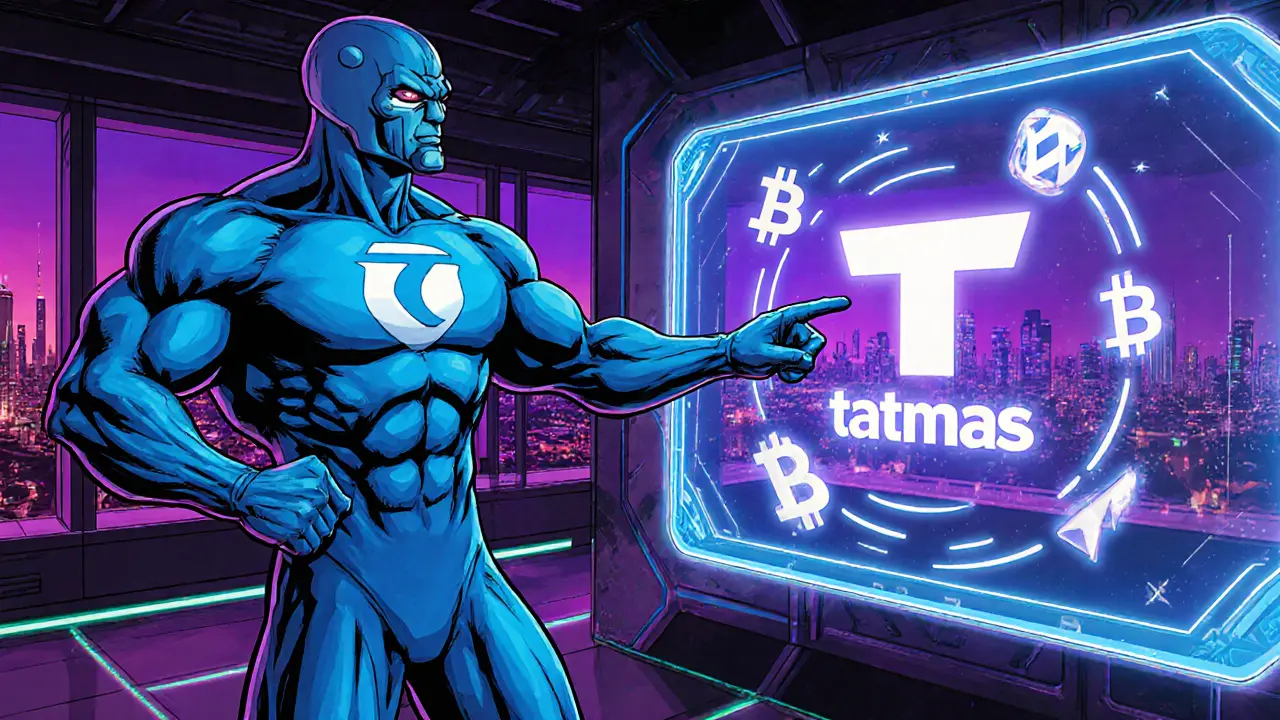When dealing with Tatmas fees, the charges applied to crypto transactions on various platforms. Also known as transaction costs, it can dramatically affect net returns. Cryptocurrency exchanges, services that match buyers and sellers of digital assets each set their own fee schedule, and those schedules are what we call trading fee structures, the tiered or flat rates based on volume, order type, or token pair. Understanding Tatmas fees means knowing that they encompass exchange transaction costs, that they require knowledge of fee tiers, and that they influence the profitability of any strategy you run. For example, a maker‑taker model on a DEX can slash costs compared to a centralized platform that charges a flat spread. At the same time, airdrop incentives, free token distributions tied to platform activity can offset some fees, but only if you meet eligibility rules. Finally, market cap analysis, the total value of a crypto asset calculated by price times circulating supply helps you gauge whether a high‑fee token is worth the cost compared to its overall market weight.
Every trader, whether you’re a casual investor or a high‑frequency bot operator, feels the pinch of Tatmas fees. They directly affect your break‑even point, especially on low‑margin trades where a 0.1 % fee can eat most of your profit. On platforms that support staking or liquidity provision, fee structures often intertwine with reward distribution—so the lower the fee, the higher the net APY you might see. Moreover, when you’re chasing airdrops, the cost of qualifying transactions can outweigh the token’s potential upside, turning a seemingly free giveaway into a hidden expense. In the broader market, high fees can deter volume, leading to lower liquidity and wider spreads, which then depresses price movement and can skew market cap calculations. This chain reaction shows that Tatmas fees don’t exist in a vacuum; they influence exchange competitiveness, affect user adoption, and shape overall market health.
Below you’ll find a curated list of articles that dig into fee models on specific exchanges, compare pricing across popular platforms, walk through how airdrop eligibility interacts with transaction costs, and even break down the role of market cap when evaluating fee‑heavy tokens. Whether you’re looking to cut costs, understand fee‑related risk, or simply stay informed about the latest pricing trends, the posts ahead give you practical insights you can apply right away.

A detailed Tatmas crypto exchange review covering security, fees, supported assets, user experience, and a side‑by‑side comparison with top exchanges in 2025.